
Viewpoint: VLGC owners upbeat on 2020

The three largest publicly-listed VLGC owners returned to profit this year after three years of losses thanks to strong US export growth and rising Asia-Pacific imports that produced high tonne-mile demand. BW LPG posted its highest ever quarterly profit of $117mn in July-September compared with a loss of $2.8mn a year earlier. Dorian LPG and Avance Gas also reversed losses year on year with profits of $40.7mn and $24.7mn, respectively.
The swing to profit came after a downturn that lasted from 2016 to 2018, when rates on the bellwether Mideast Gulf-Japan route dropped below $40/t thanks to a surge in deliveries of newbuild VLGCs. Owners invested heavily in new carriers at the start of this decade to capture rising US LPG exports and increased long-haul voyages. The 127 new VLGCs delivered between 2011 and 2018 swelled the global fleet to 265; utilisation fell to below 80pc. Rates slumped and fierce competition grew between owners.
Shipowners entered into what BW LPG calls a "market recovery" period this year. The Argus Mideast Gulf-Asia Pacific freight assessment reached a four-year high of $80.50/t in October and has averaged $66.50/t since the start of April — the month when owners began to return to profit. Higher spot rates have been driven by stronger tonne-mile demand. Seaborne LPG trade grew by 14-15pc on the year in the third quarter, according to BW LPG and Dorian LPG.
But owners' positivity may be hit if the order book becomes overheated again. It stood at around 13-15pc of the fleet, or 36-41 vessels on order out of 280 operational as of October. By the end of 2019, 18 VLGCs will have joined the fleet, and with a similar number due to arrive in 2020 and 2021 the overall total will rise to more than 310.
"The current order book is sustainable, but it will not take much to tip the balance, so we hope for modest growth in ordering over the coming years," Avance Gas chief executive Ulrik Uhrenfeldt Andersen said.
Owners are taking a mixed approach to implementing the IMO rules on sulphur emissions. BW LPG has fitted exhaust scrubbers on 13pc of its fleet, meaning they can burn high-sulphur fuel oil (HSFO), at the cost of around $3.5mn a vessel. The company is also investing in LPG dual-fuel engine retrofitting, committing the technology to four vessels, or 9pc of its fleet. Avance Gas plans to retrofit six of its VLGCs with scrubbers in January and February during pre-scheduled drydocking, keeping off-hire time and costs down.
Dorian LPG has already retrofitted four of its ships with scrubbers and expects to convert a further five by the end of 2019. Scrubbers are popular in newbuilds — they are fitted, or ready to be fitted on 27 of the 30 VLGCs ordered in the past two years.
In the absence of scrubbers, owners will have to consume IMO-compliant fuels. This may cause difficulties, with shortages in Asia-Pacific.
Downtime for scrubber retrofitting could cause short-term vessel shortages. And the technology's economic advantages will be questionable if low-sulphur supplies rise and prices drop. Some market participants expect the wide spreads between prices for high-sulphur product and IMO-compliant fuels to narrow as 2020 progresses.
By Hugo Slater and Matt Scotland




Gold price edges up as market awaits Fed minutes, Powell speech

Glencore trader who led ill-fated battery recycling push to exit

Emirates Global Aluminium unit to exit Guinea after mine seized
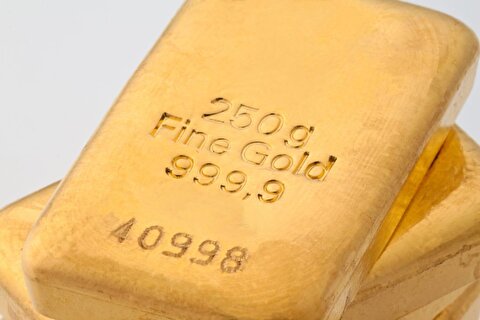
UBS lifts 2026 gold forecasts on US macro risks

Iron ore price dips on China blast furnace cuts, US trade restrictions

Roshel, Swebor partner to produce ballistic-grade steel in Canada
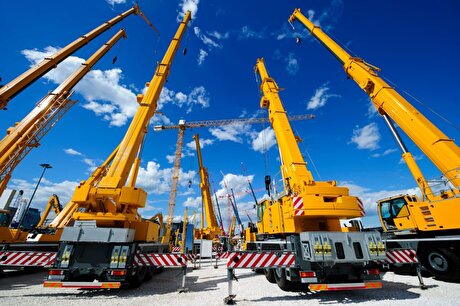
US hikes steel, aluminum tariffs on imported wind turbines, cranes, railcars

EverMetal launches US-based critical metals recycling platform

Afghanistan says China seeks its participation in Belt and Road Initiative

First Quantum drops plan to sell stakes in Zambia copper mines
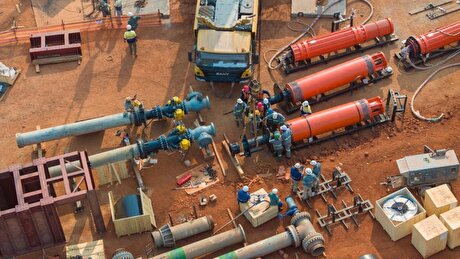
Ivanhoe advances Kamoa dewatering plan, plans forecasts
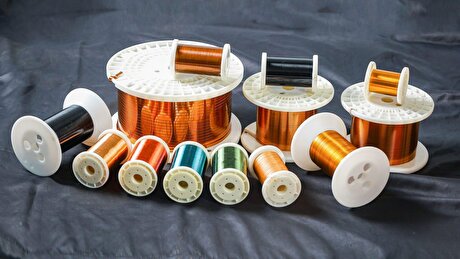
Texas factory gives Chinese copper firm an edge in tariff war
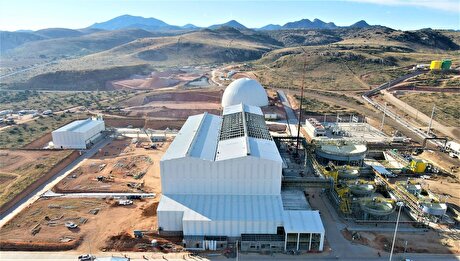
Pan American locks in $2.1B takeover of MAG Silver

Iron ore prices hit one-week high after fatal incident halts Rio Tinto’s Simandou project
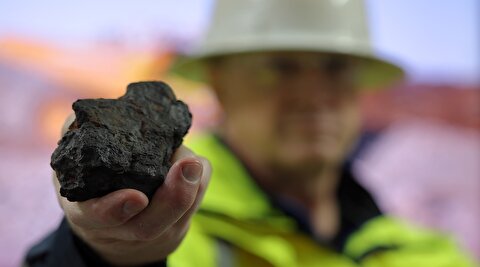
US adds copper, potash, silicon in critical minerals list shake-up

Barrick’s Reko Diq in line for $410M ADB backing

Gold price gains 1% as Powell gives dovish signal

Electra converts debt, launches $30M raise to jumpstart stalled cobalt refinery
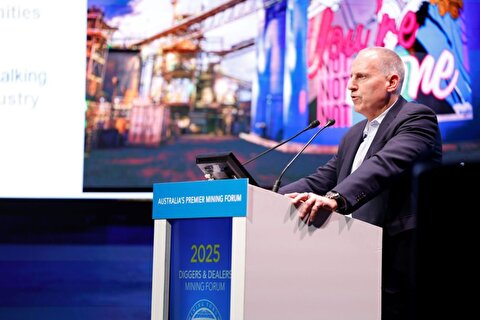
Gold boom drives rising costs for Aussie producers

First Quantum drops plan to sell stakes in Zambia copper mines

Ivanhoe advances Kamoa dewatering plan, plans forecasts

Texas factory gives Chinese copper firm an edge in tariff war

Pan American locks in $2.1B takeover of MAG Silver

Iron ore prices hit one-week high after fatal incident halts Rio Tinto’s Simandou project

US adds copper, potash, silicon in critical minerals list shake-up

Barrick’s Reko Diq in line for $410M ADB backing

Gold price gains 1% as Powell gives dovish signal

Electra converts debt, launches $30M raise to jumpstart stalled cobalt refinery

















